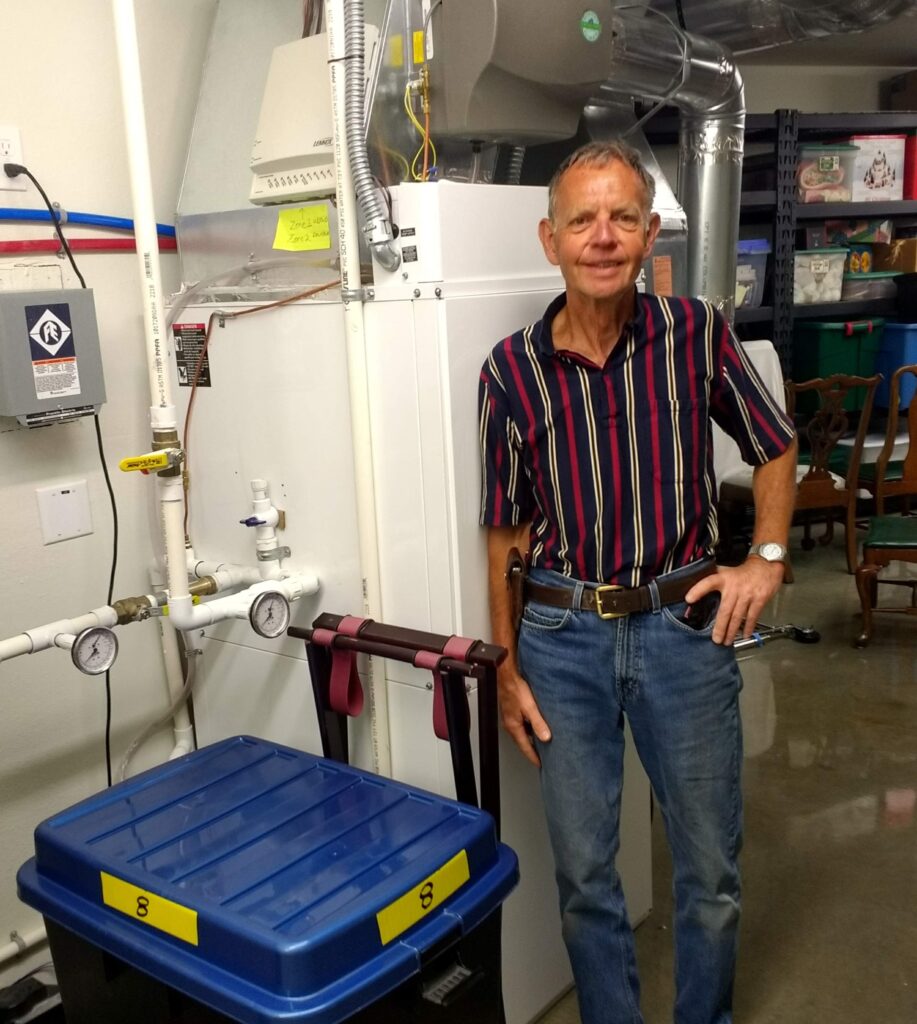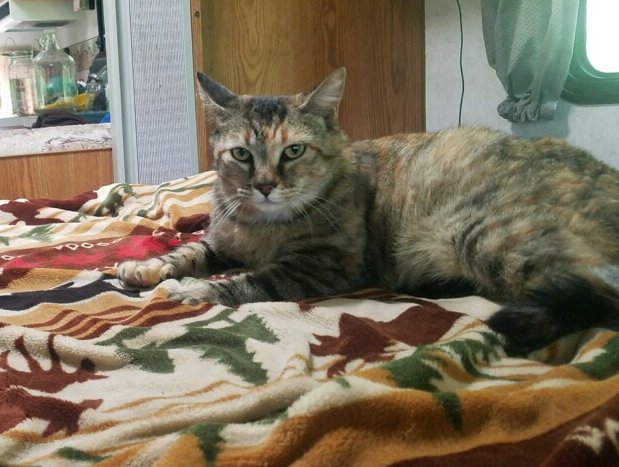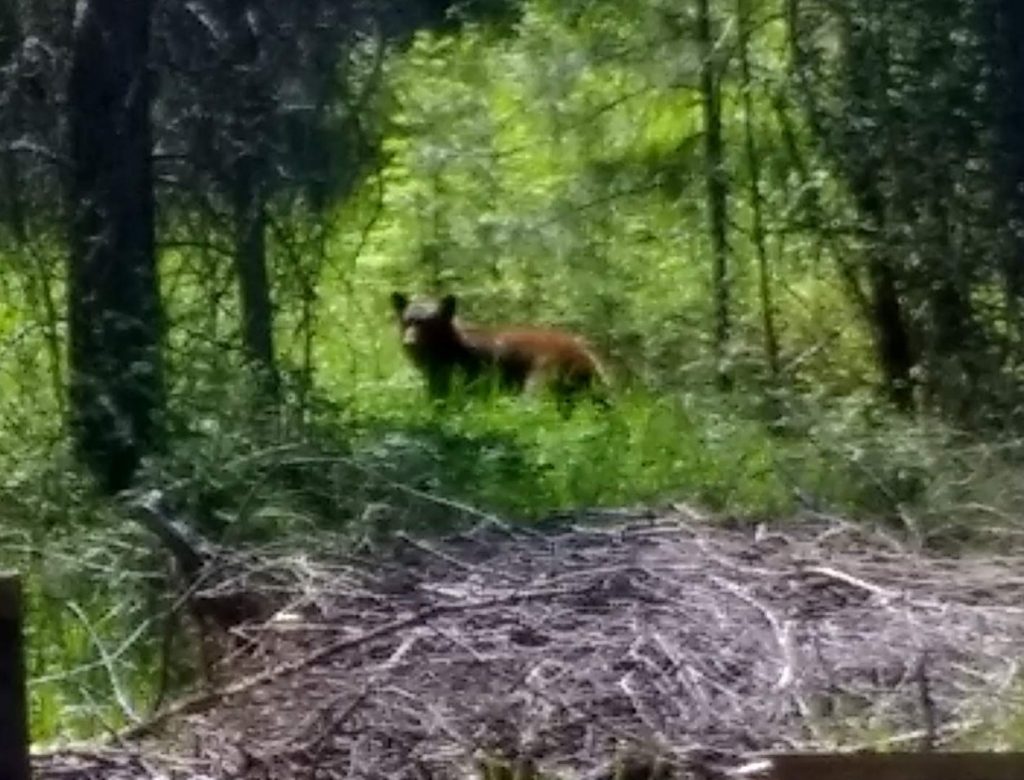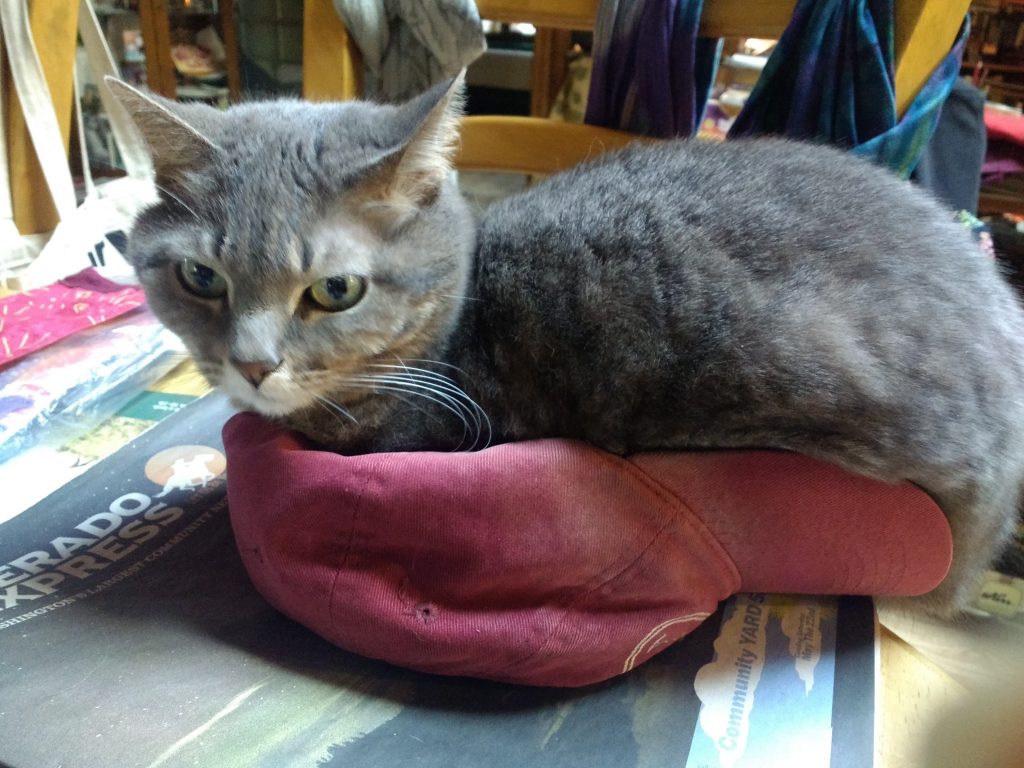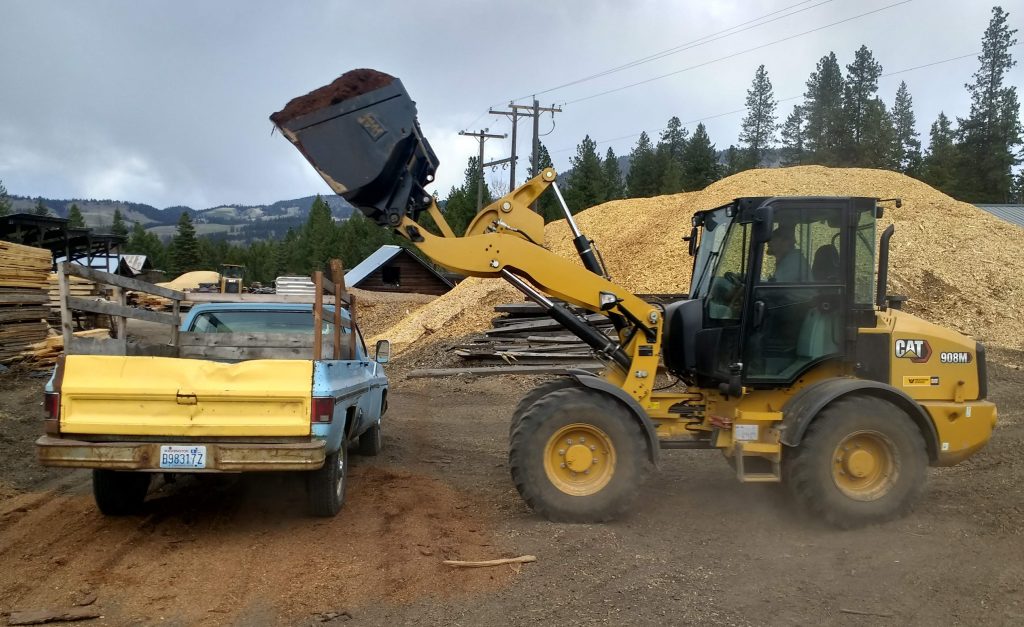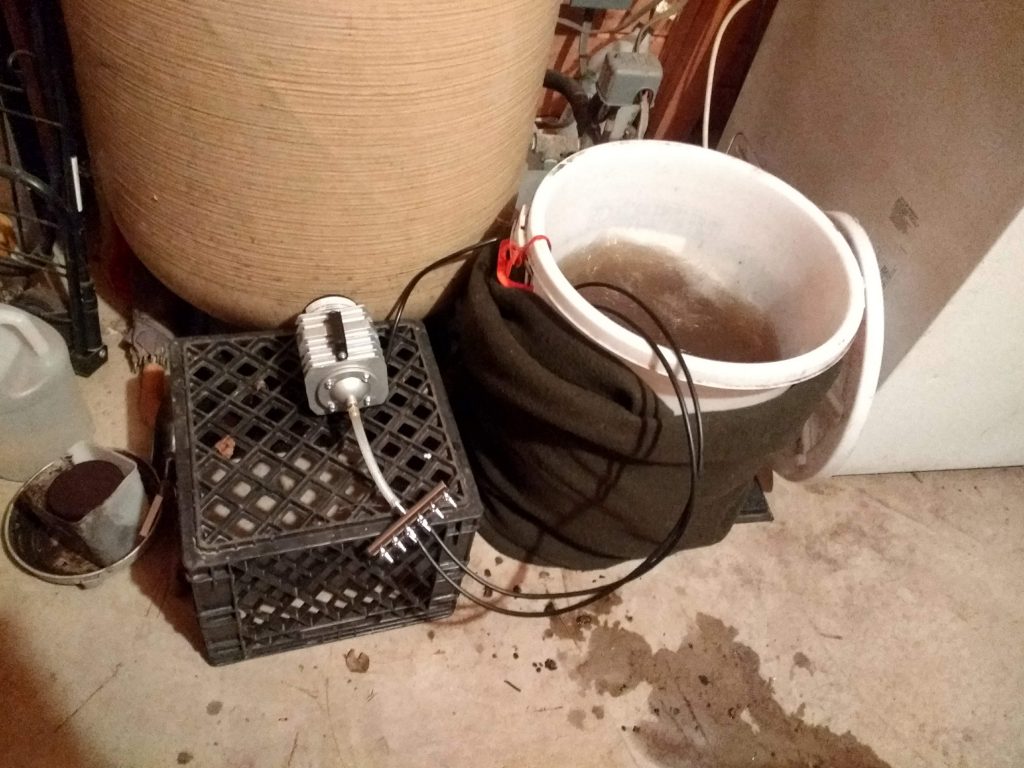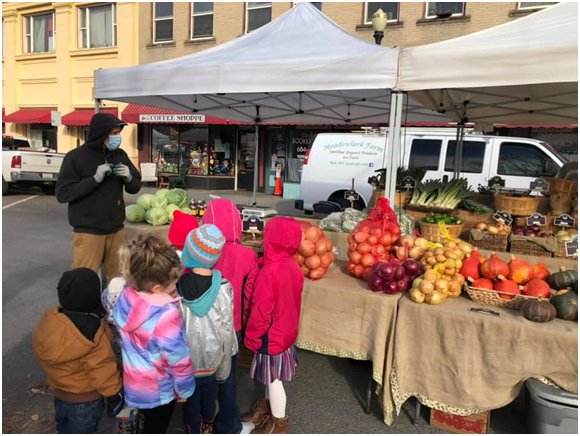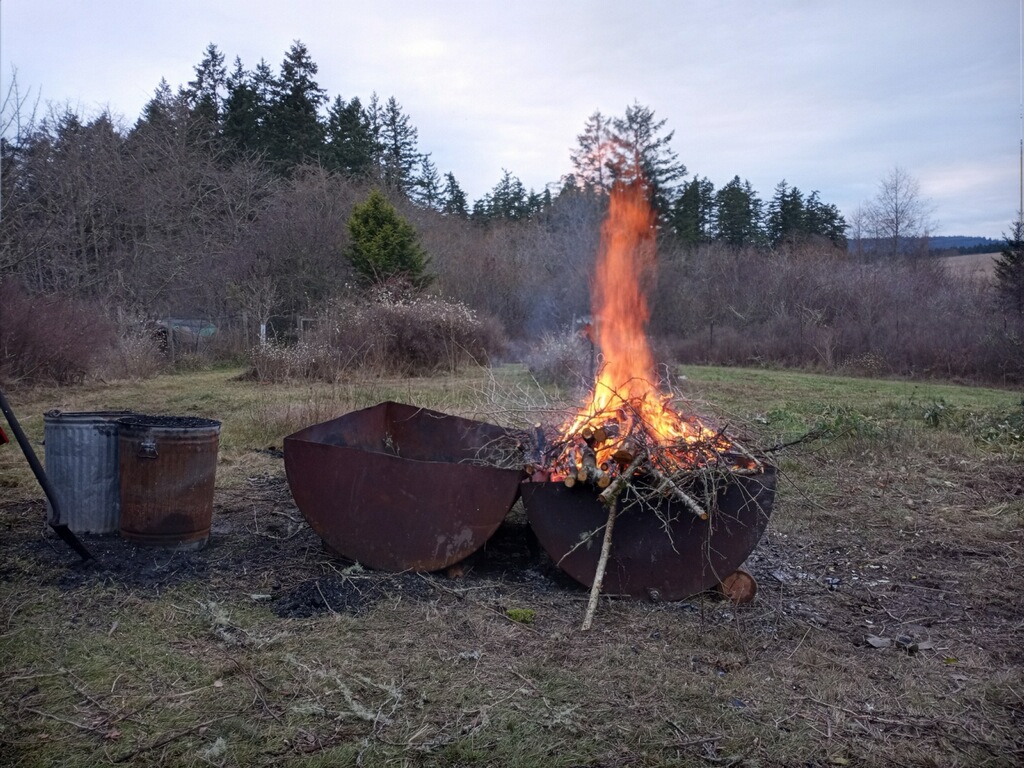Down to Earth Heating
When I moved to Northeast Washington in 1974, temperatures got to be much colder during the winters than now, as much as -40° in Ferry County. The past 20 years have been very mild by comparison (http://www.deanfarr.com/state_weather/). So it may be with exaggerated fondness that I remember working in the Golden Valley Mine one winter. While the temperatures plunged far below 0° outside, the temperature in the mine was always around 50°. On the other hand, keeping our house warm with wood heat from a stove in the basement was a constant struggle. Wanting to get a better grip on heating and cooling, among other things, I joined Citizens for a Solar Washington.
This involved a big learning curve for myself and everyone else in the group. I learned a lot about insulation, infiltration and radiation which prompted me to build the underground house where we live now. Joking with each other, we considered renaming it to “Citizens for a Heat Pump Washington”. That would probably rank as one of the nerdiest names in history and was decidedly not going to happen. But the realization that there was a lot more energy to be saved through good insulation and geothermal heat than through solar heat alone, was a lesson I had not thought about for years.
Recently I noticed more talk about geothermal energy, particularly from friends who are using it to heat a new home they are building and decided to catch up on the technology.
There is a lot to catch up on. The first distinction to make is that geothermal energy for producing electricity typically needs much higher underground temperatures than that used to heat a home. Most people will dismiss geothermal as an option except near hot springs or volcanoes. But for heating your home, it is virtually everywhere, especially if you have access to a lot of water.
Thinking about water, I decided to visit folks at Fogle Pump. They promote geothermal heat and in fact their whole new facility in Colville is geothermally heated. It turned out that an old acquaintance of mine, Dave Pehl, is the resident expert on geoexchange (using heat exchangers to provide building heat from the ground). Dave has a lot to say about the subject, having written the information sheets that Fogle gives out about geoexchange.
The introduction is pretty straight forward. Geothermal heating can save you 70% of the costs of conventional heating. The systems are quiet. They are the most environmentally friendly way to heat or cool (yes these systems can also cool) a building. They are virtually maintenance free and are very comfortable because they eliminate cold spots. They are also fairly expensive to design and install, not typically a do-it-yourself project. But the financial drawbacks have a lot of incentive programs to mitigate costs. The selling points left me with a lot of questions. (I’m big on questions.) The learning curve got a little steeper, or in this case a little deeper.
In another water connection, Dave explained the four basic ways that heat from the earth gets into water. We are not talking about high heat. The temperature of the earth below 6 feet is typically around 50° Fahrenheit. (1) You can drill deep holes near a building to place pipes in, which is how Fogle heats their building. (2) You can bury pipes in ditches near the building. Calculating how much pipe and how much ditching you need is based on how many “tons” of heat you need and what your ground is like. Different soils transmit heat differently. (We’ll get back to that.) The calculation is much easier if you can bypass the transfer from ground to pipes and go right to water in pipes. (3) If you can lay your piping at the bottom of a lake or pond, the cost goes way down. No wells or ditches! (4) Better yet, if you have a lot of water coming from a well, you can extract the heat and drain the water back into the ground further away. This is called a “pump and dump” system.
Fogle is great on wells, ditches and pipe. For the technical parts of the design and installation above ground, Dave referred me to Roland Doggen at Norstar Heating and Cooling. Roland explained that a “ton” of heat is equal to 12,000 BTU/hour and explained other design considerations. The best information though was an introduction to Royce Larsen, a retired surgeon, whose childhood home was in Colville. He bought land on Douglas Falls road and built a solar-powered home with a geothermal heating system designed by Roland Doggen. I could hardly wait to check it out.
Dr. Larsen’s situation is perfect for the dual combination of solar electricity and geothermal heat. His home sits above a wetland on Mill Creek and gets all the water needed from a shallow well. The solar system feeds directly into the grid so he gets credit for power. He can take advantage of 26% Federal tax credits for both the solar array and the geoexchange system. There are even more financial advantages available through Washington State. The house has a solar array mounted on a south-facing roof and 5 light tubes which give natural light to indoor rooms. The payback time for the system is 8 years.
We visited the utility area in the basement where the unit works quietly to keep ideal temperatures. You can think of the heat pump as a refrigerator in reverse. The geothermally heated ground water evaporates a working fluid which is then condensed under pressure to release heat to loop of warm water that heats the house. It even preheats the hot water tank to further reduce costs. That is one of the advantages of the combination. You get a savings in water heating costs that make it even more feasible to run entirely on solar. In a twist I didn’t expect, the solar array sends output information over the Internet to the manufacturers so that if a panel starts to degrade prematurely, they can replace it.
With so little maintenance to keep up with, Dr. Larsen can spend more time with the horses and wagons that he uses in parades and even to collect firewood. A wood stove provides him 74,000 BTU/hour backup heat. That would be 6 “tons” of capacity using Roland Doggen’s metric. Since the solar array uses the grid for storage, when the grid is down, their house is without power. That is a vanishingly rare occurrence that Royce enjoys preparing for using a Norwegian round stacking system to dry firewood.
There are lots of resources locally and on the Internet to plan for heating a new building or retrofitting an existing one. Many of them are on https://www.dsireusa.org/, a resource archive maintained by North Carolina State University for the entire country.



